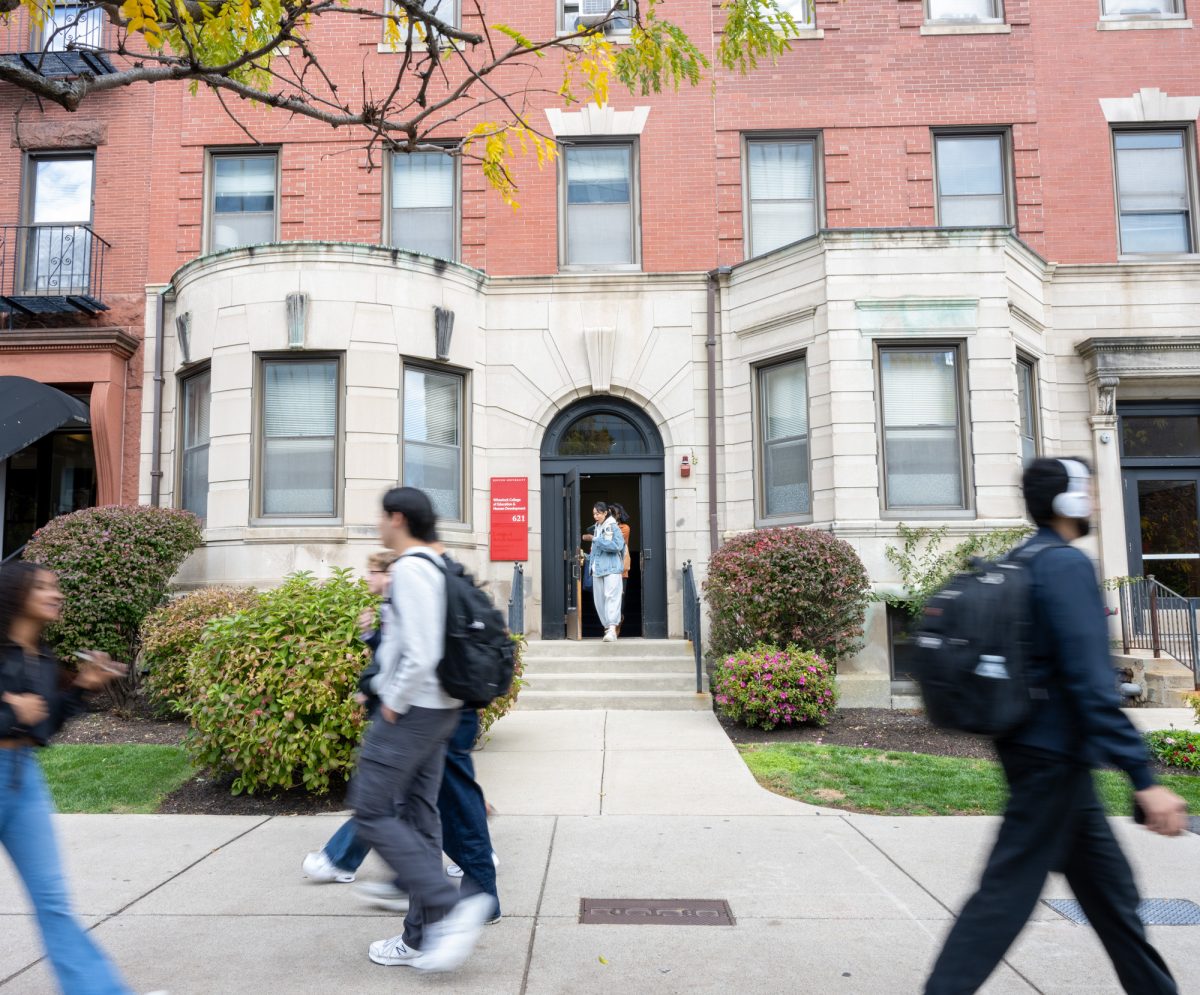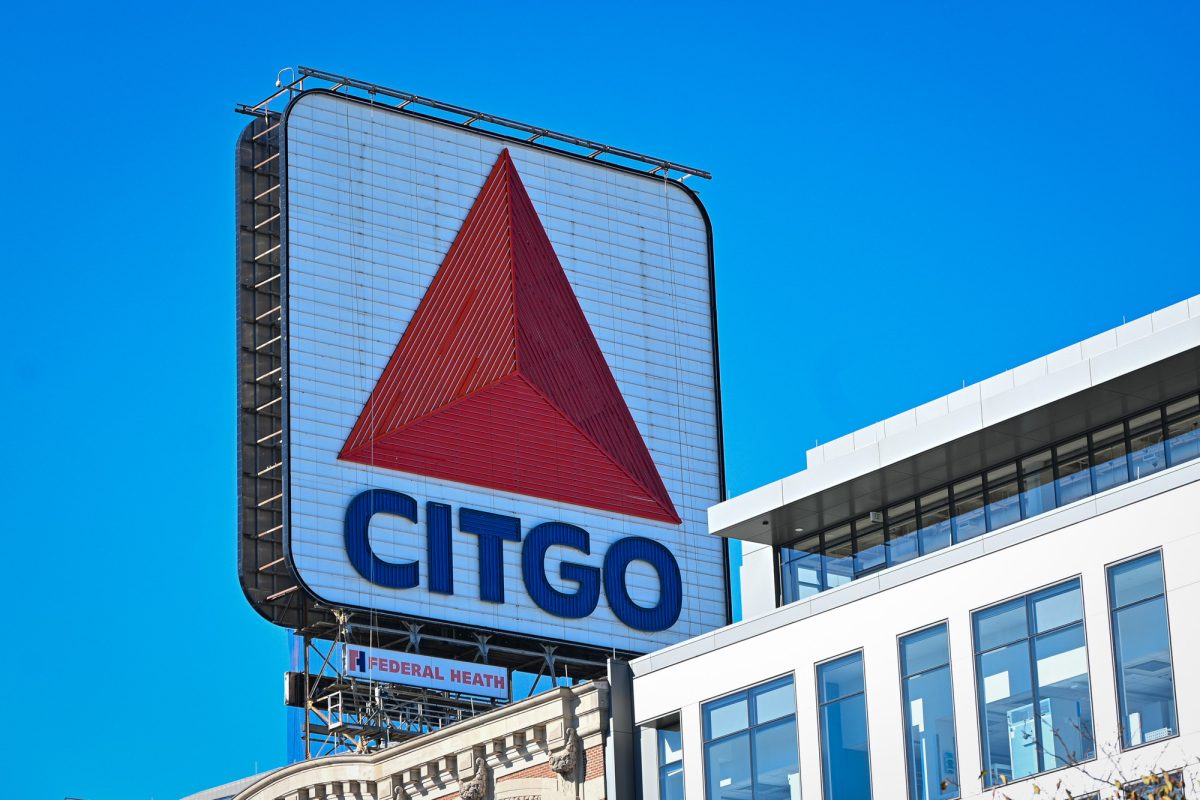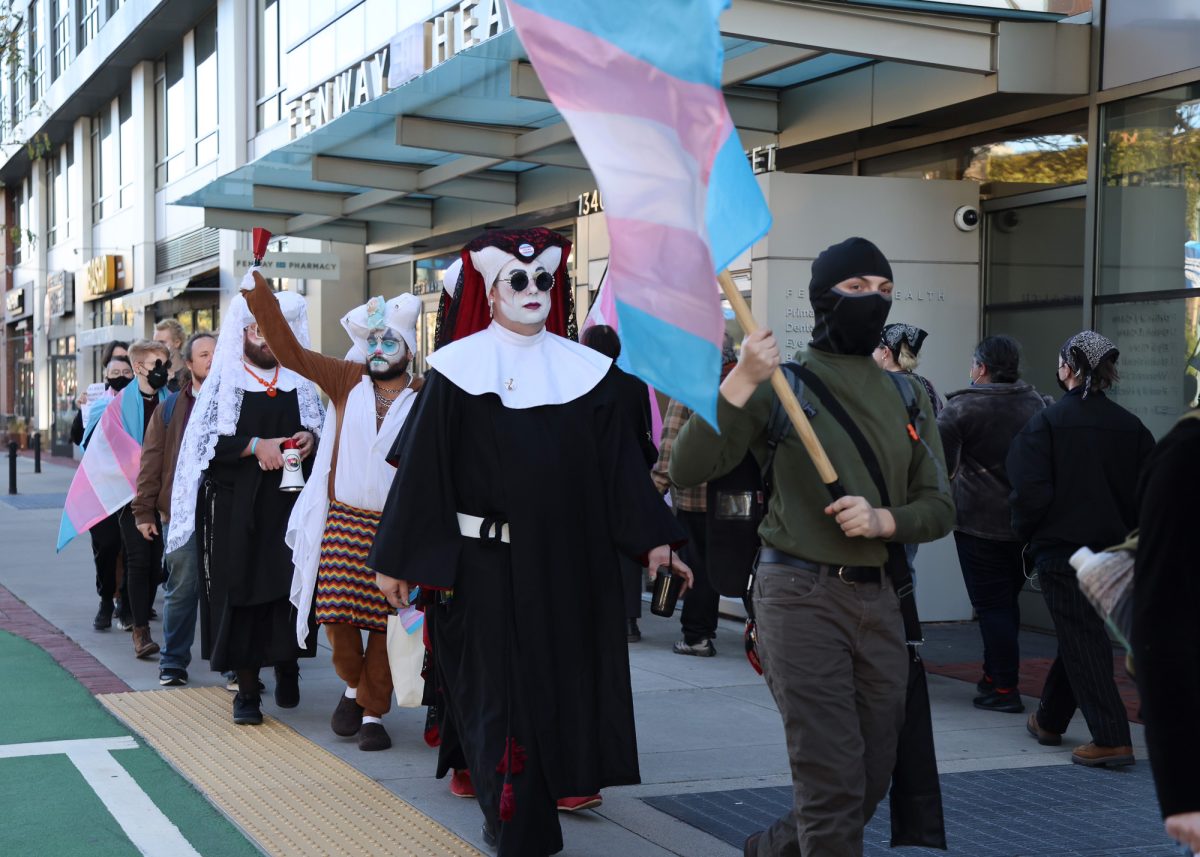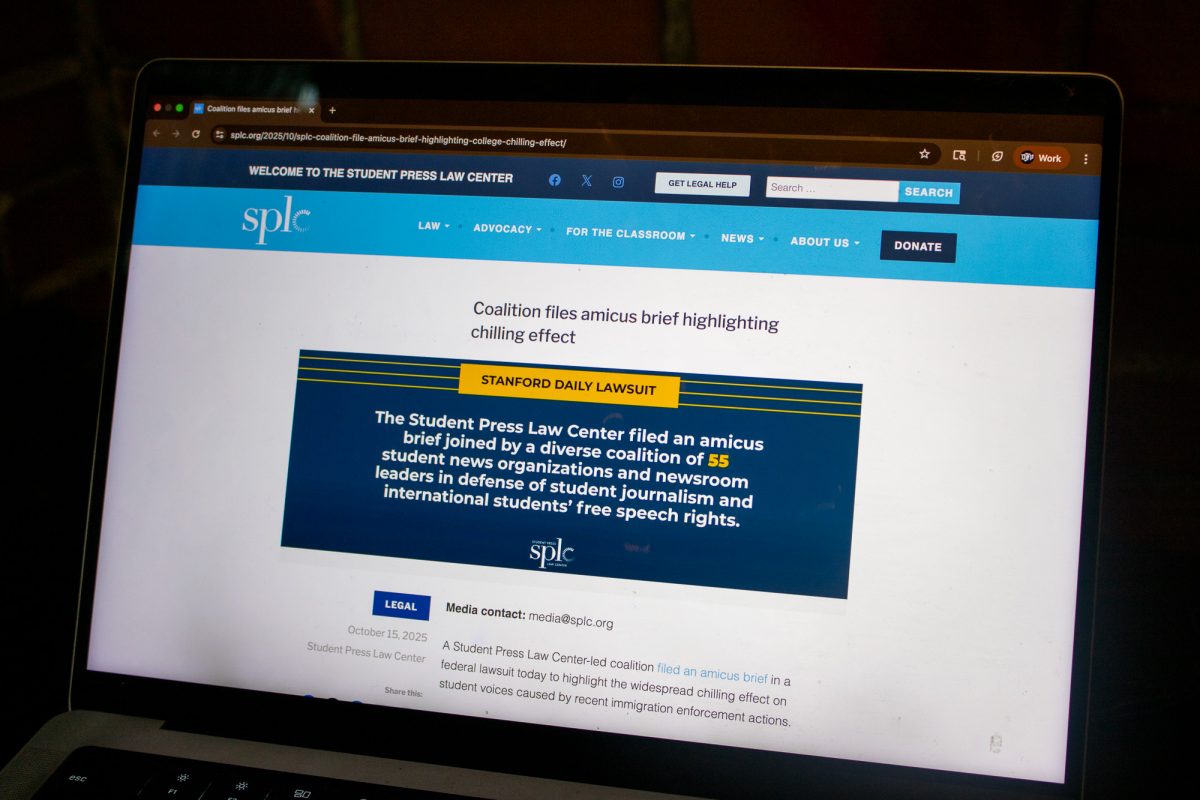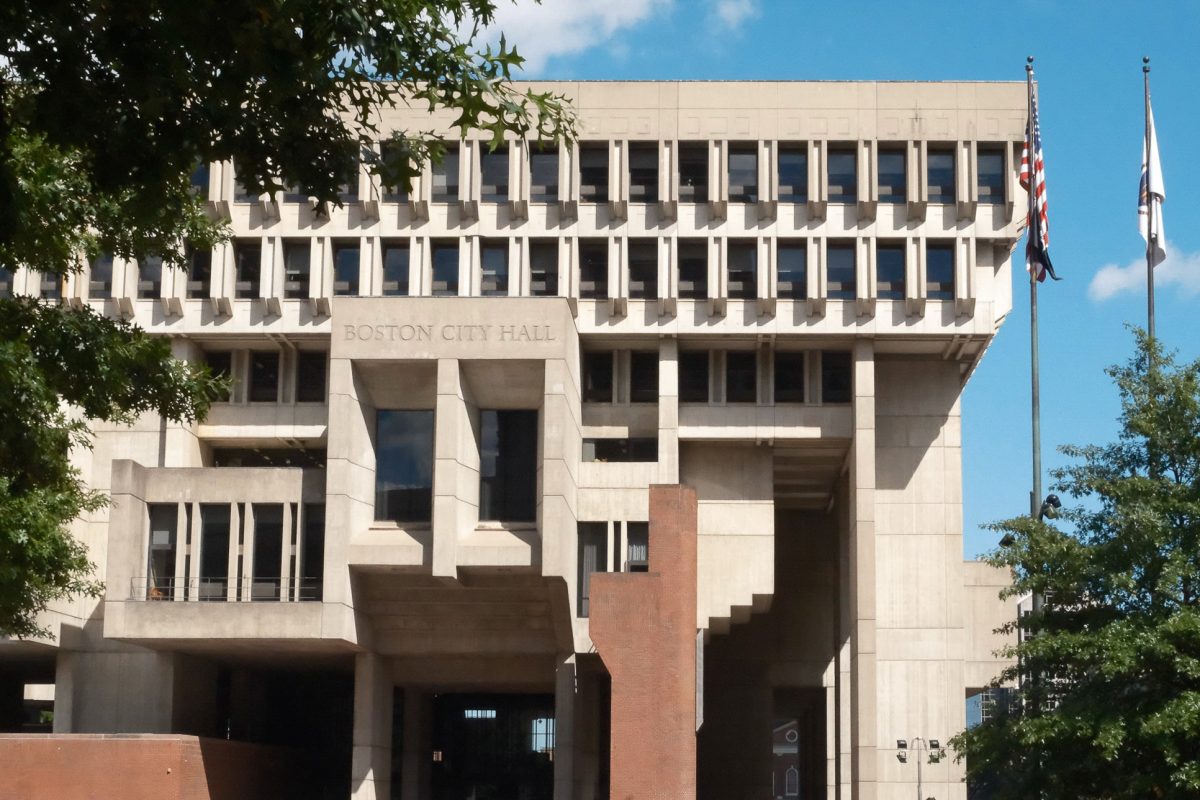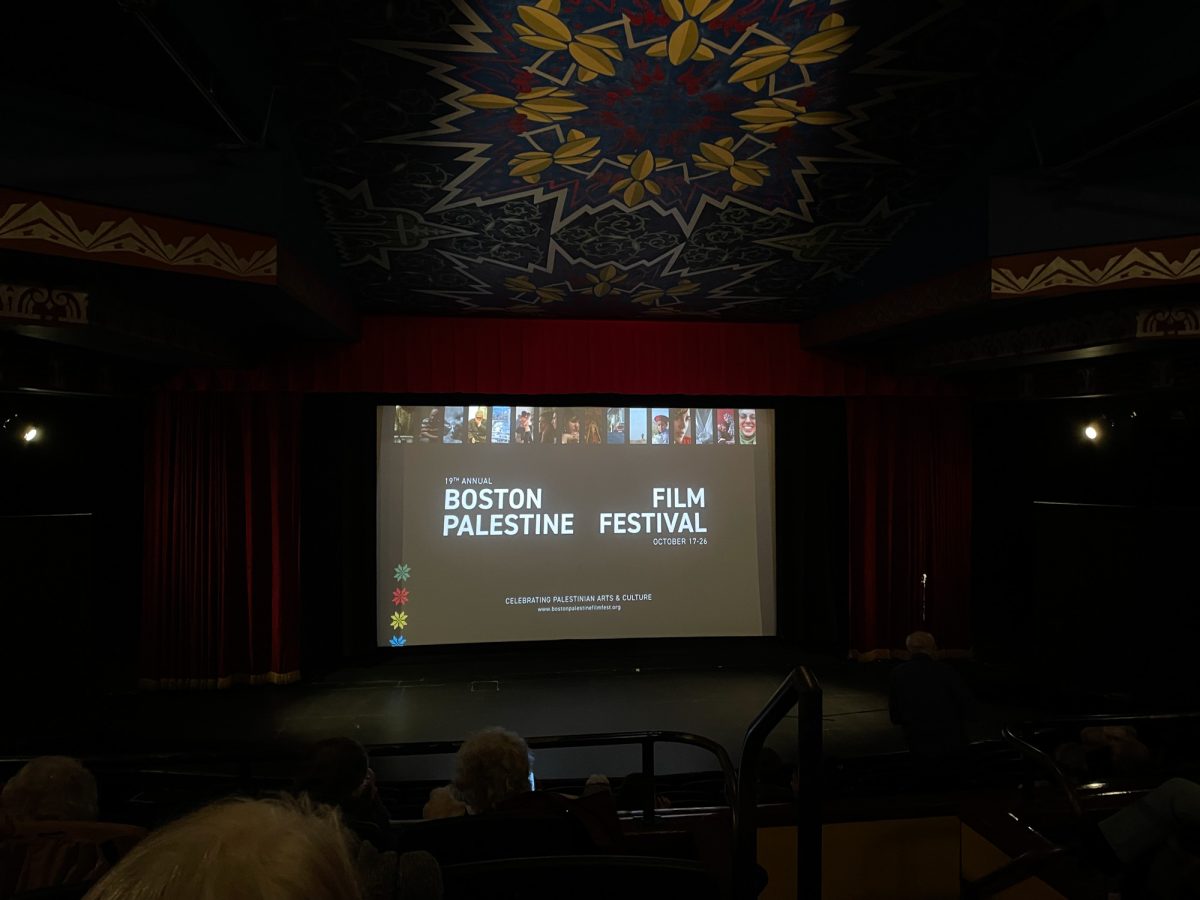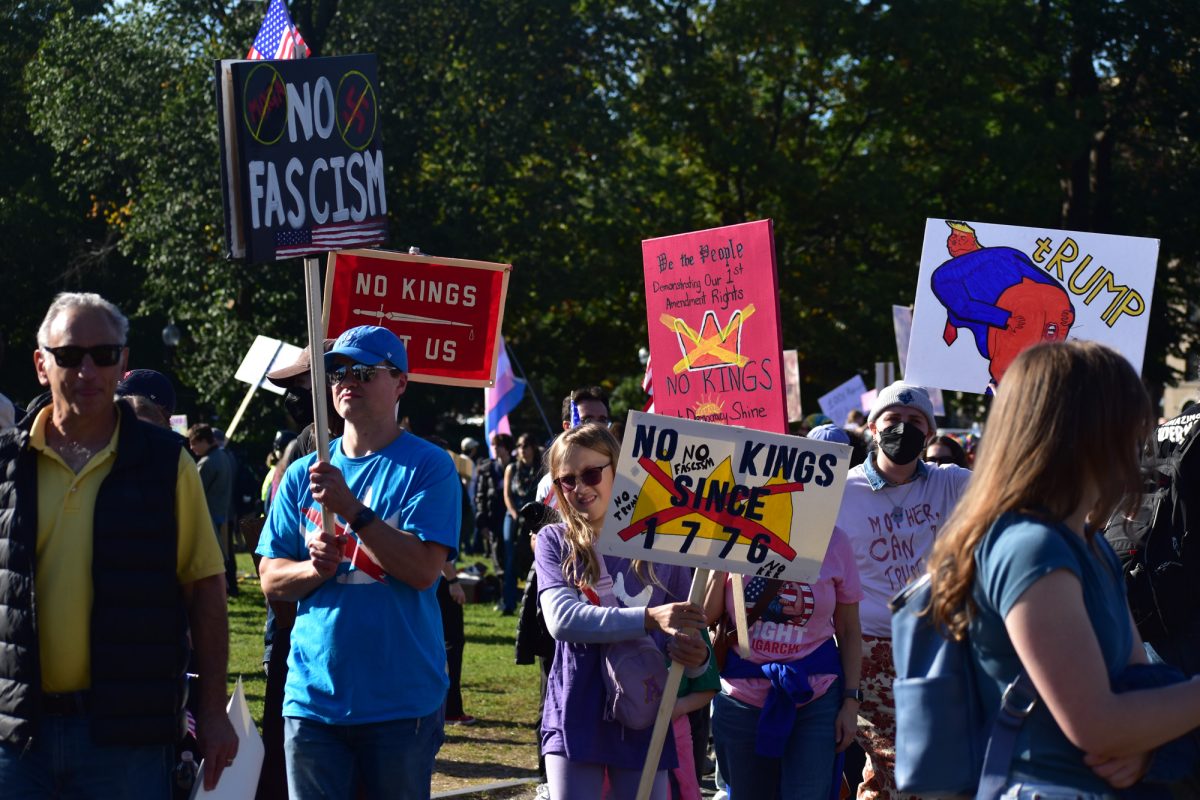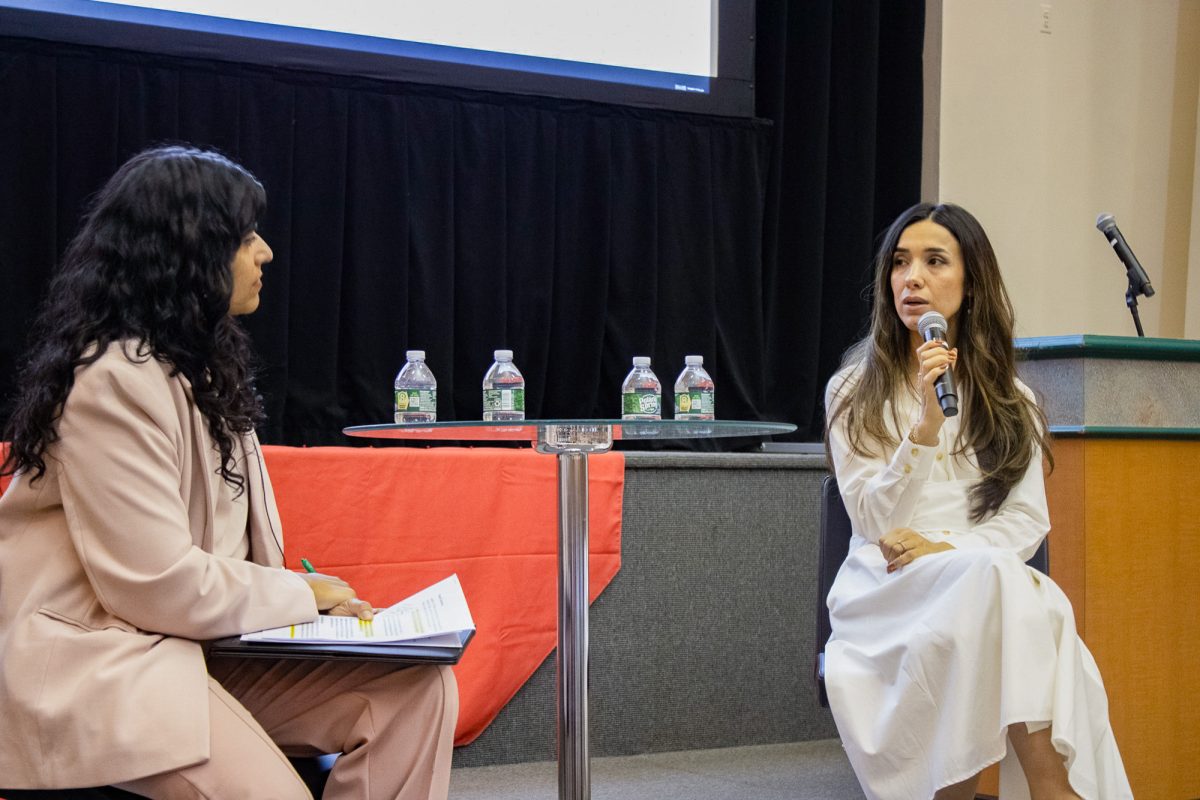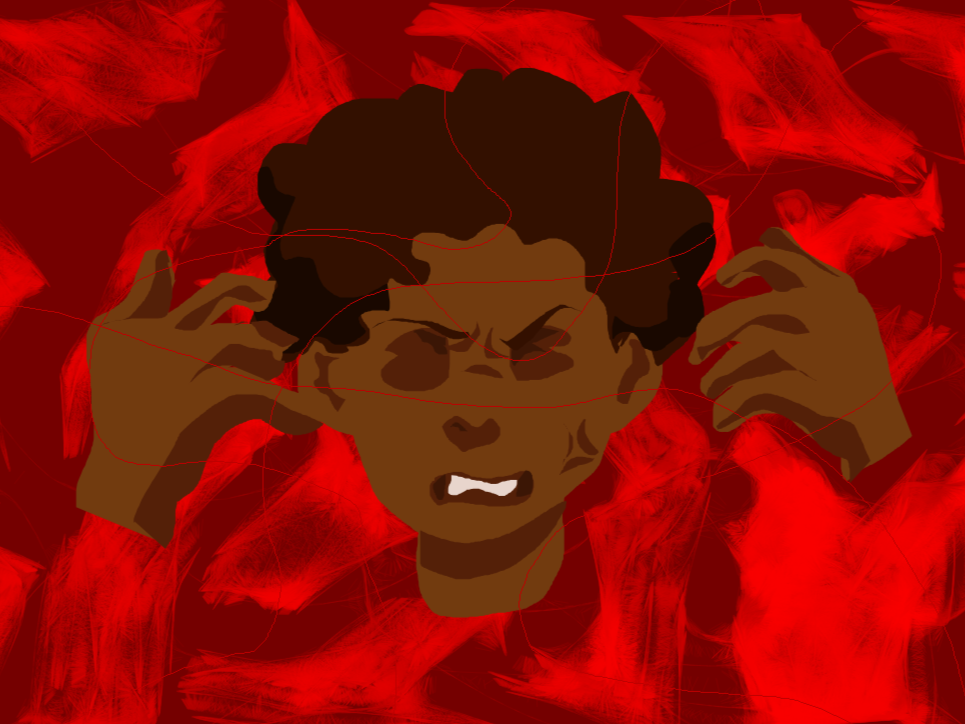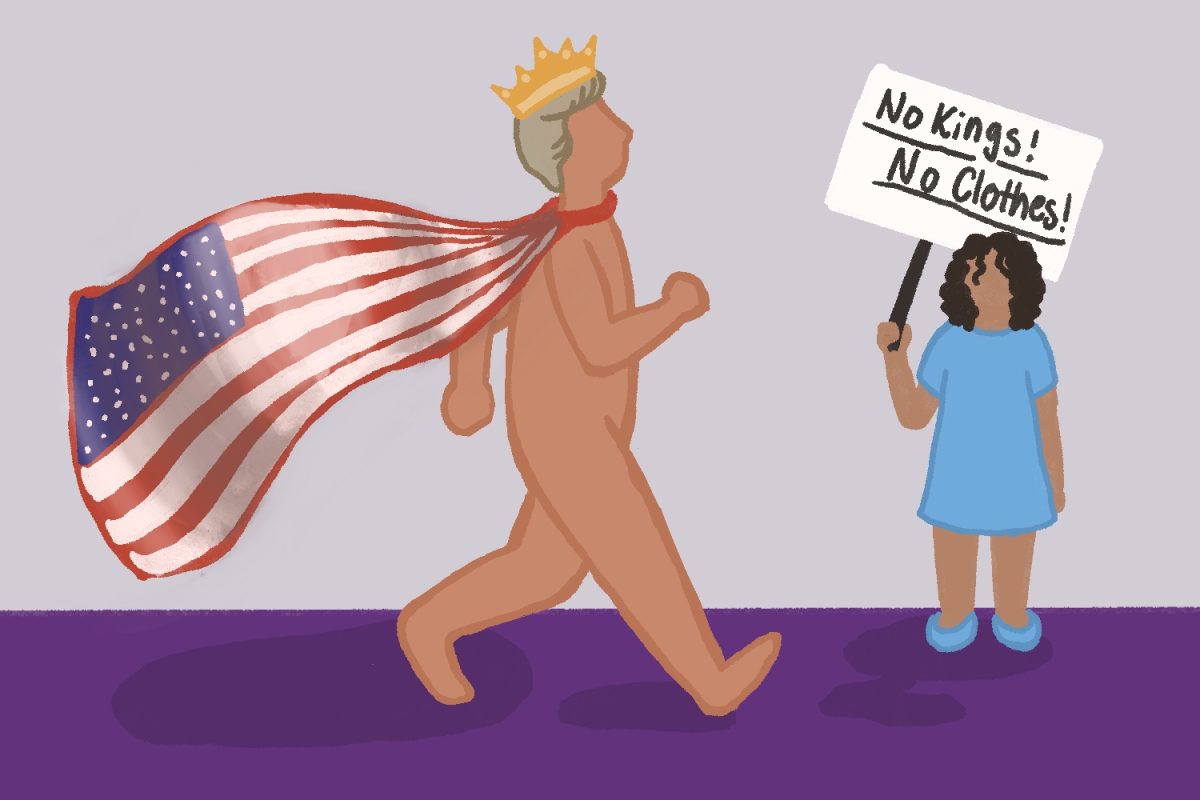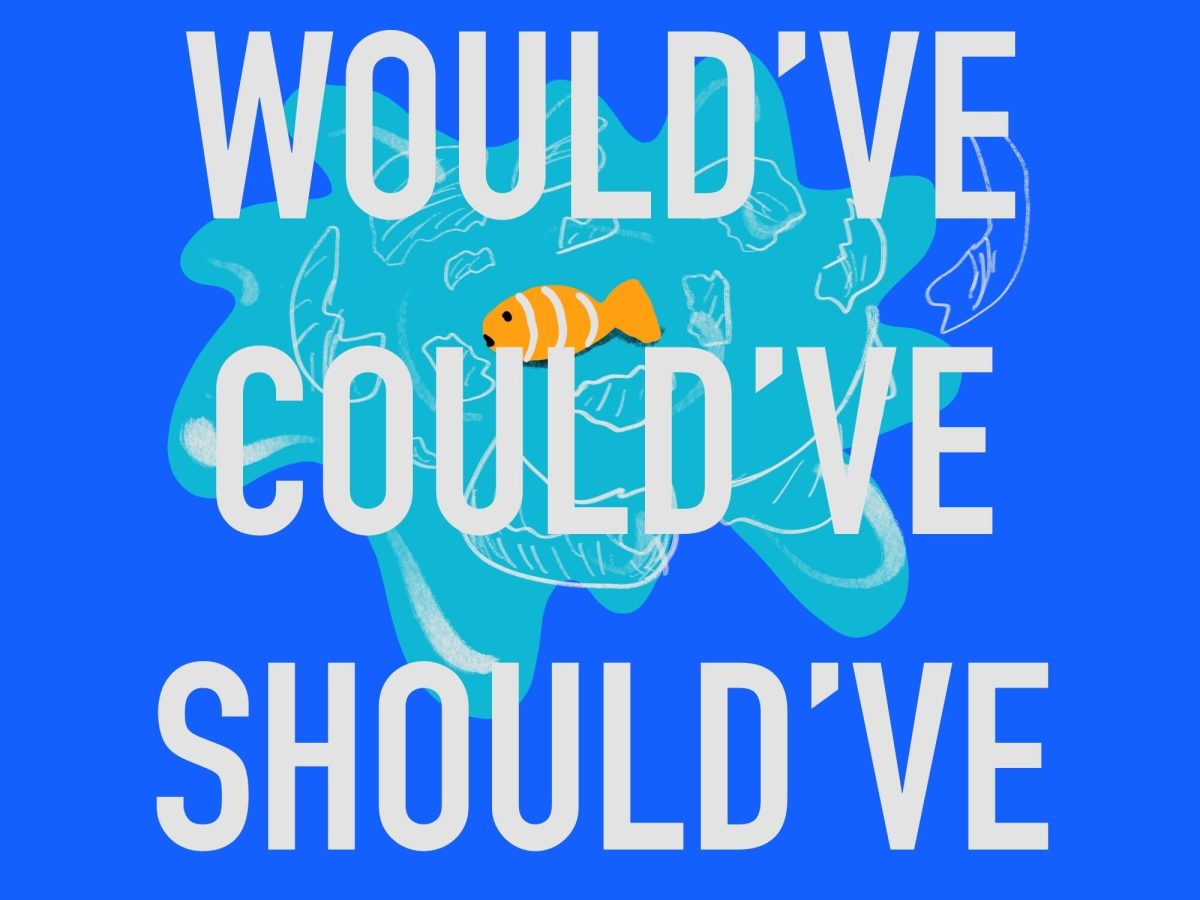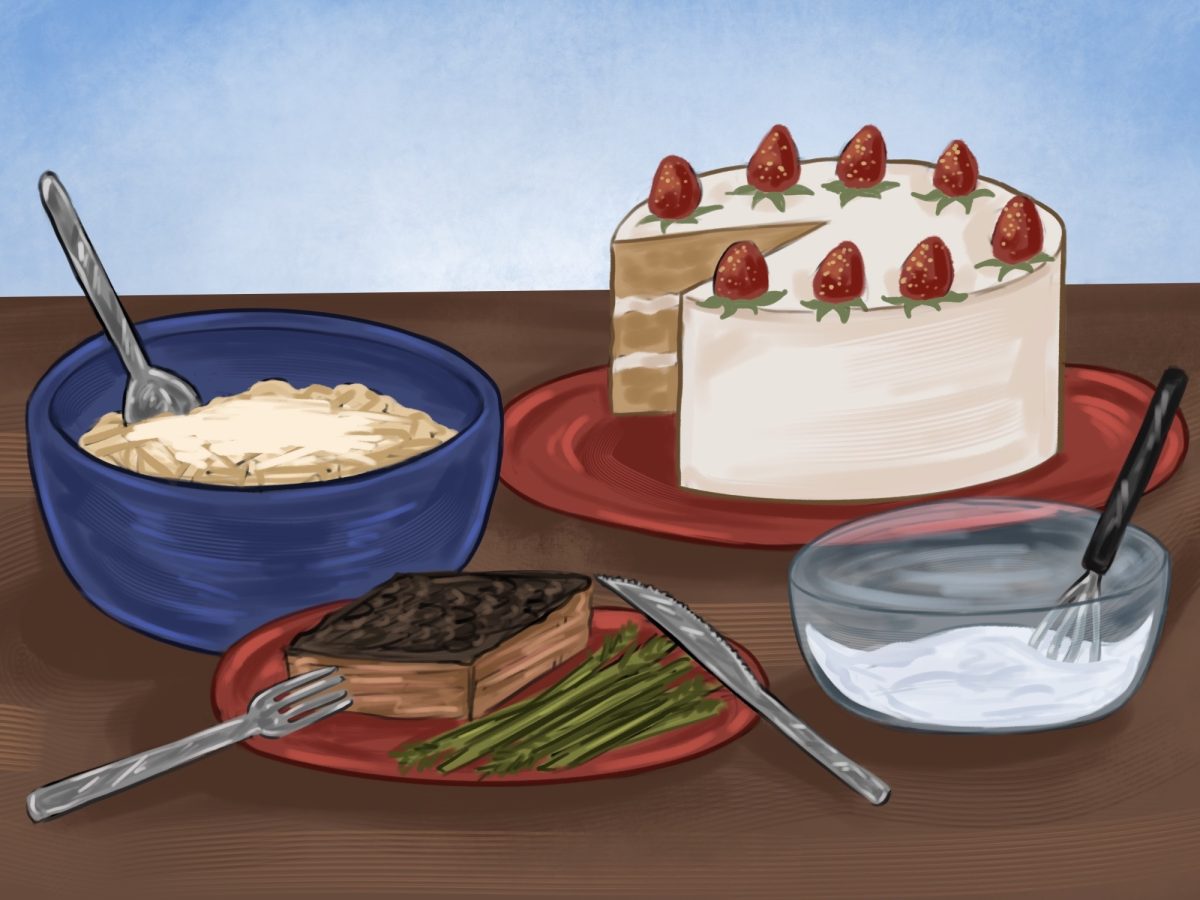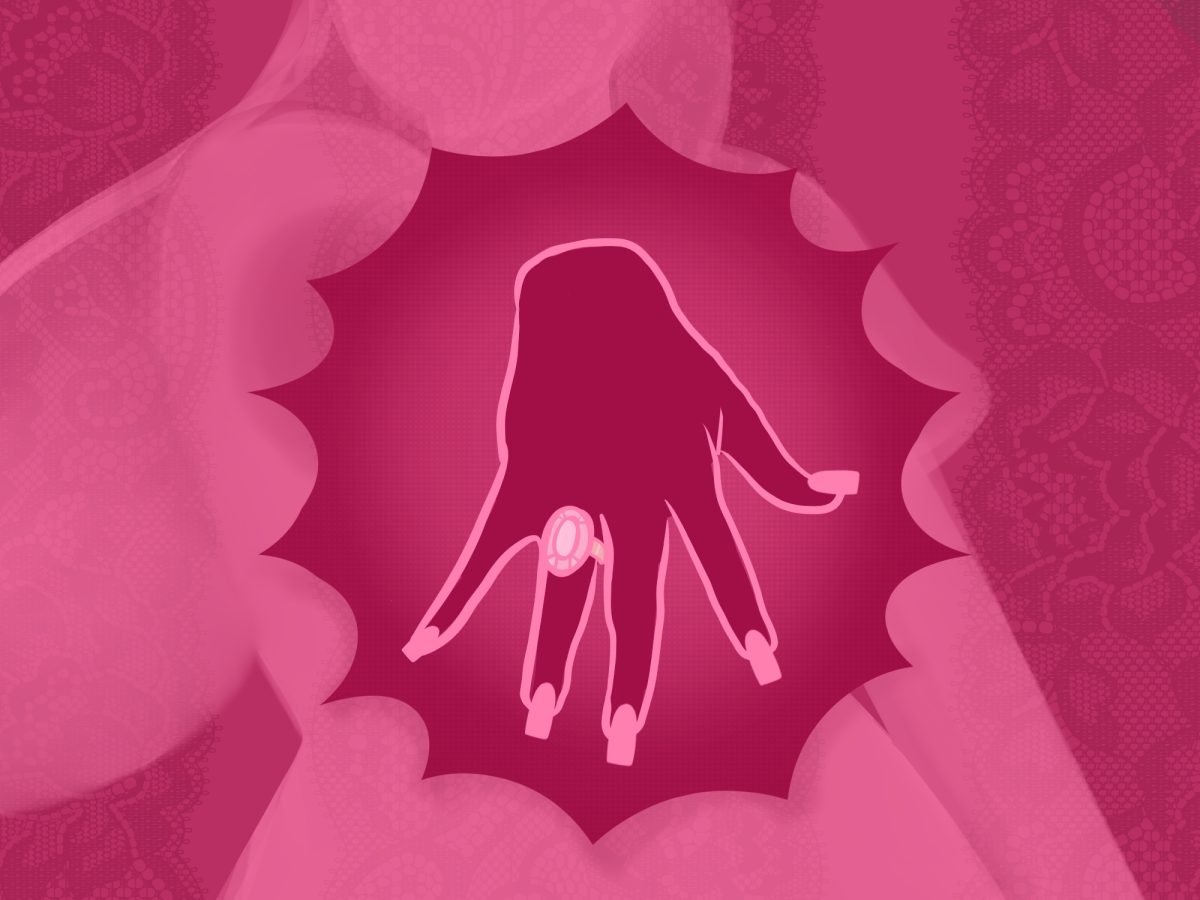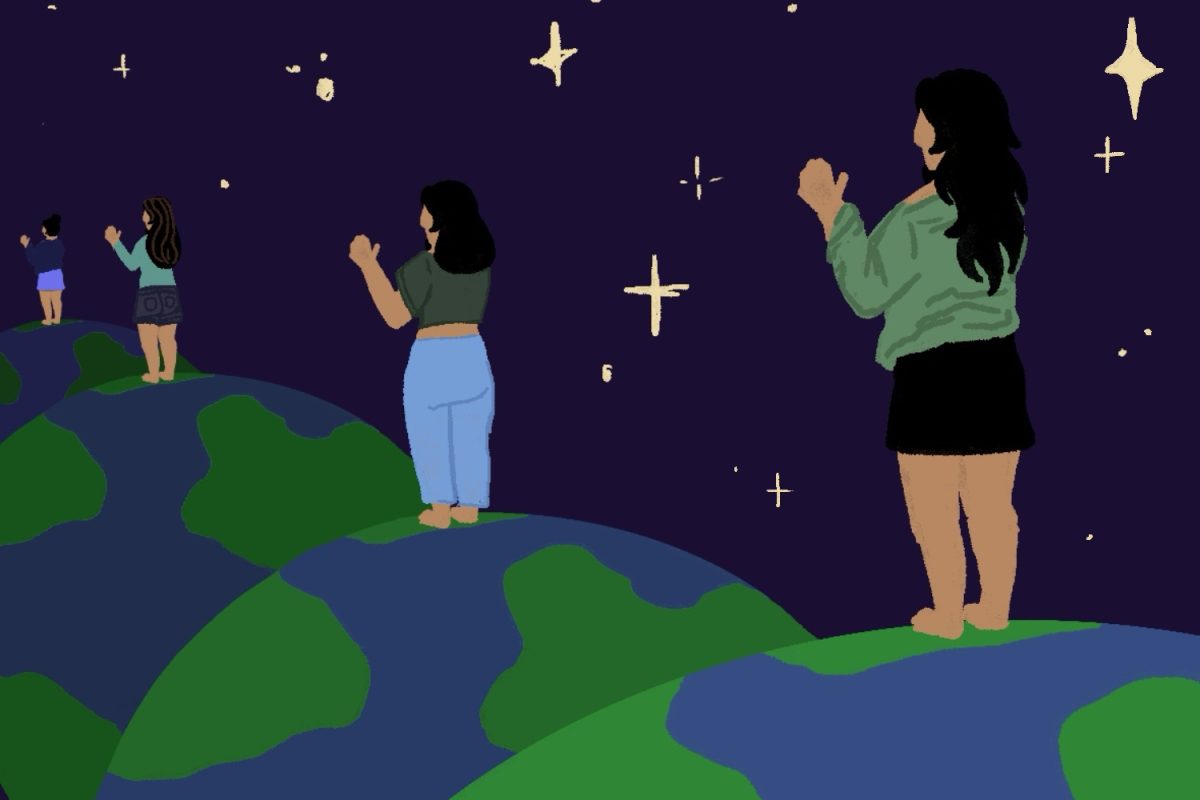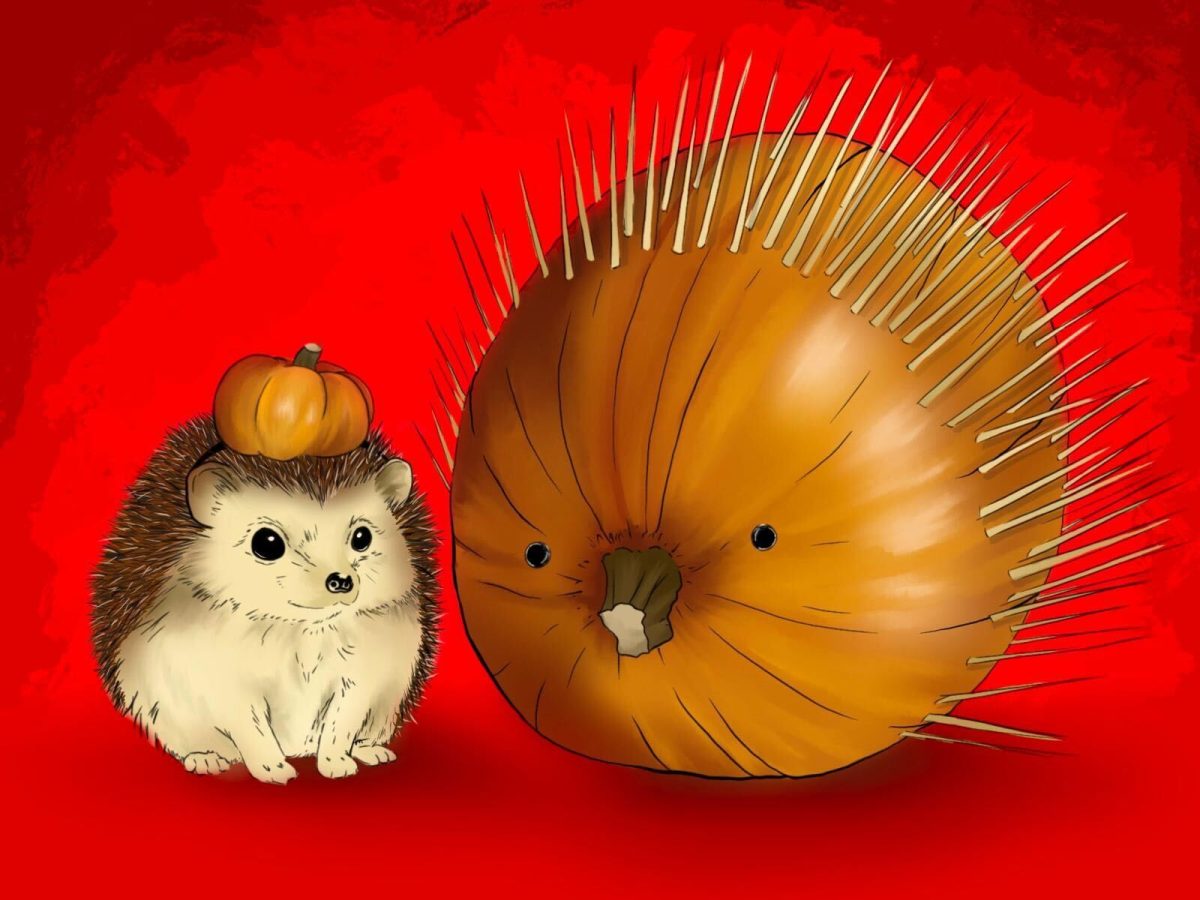Fourteen hours. That’s how long the American TikTok ban lasted.
On Jan. 19, President Donald Trump announced on his app, TRUTH Social, he would sign an executive order granting TikTok a 75-day extension on the ban’s start date.
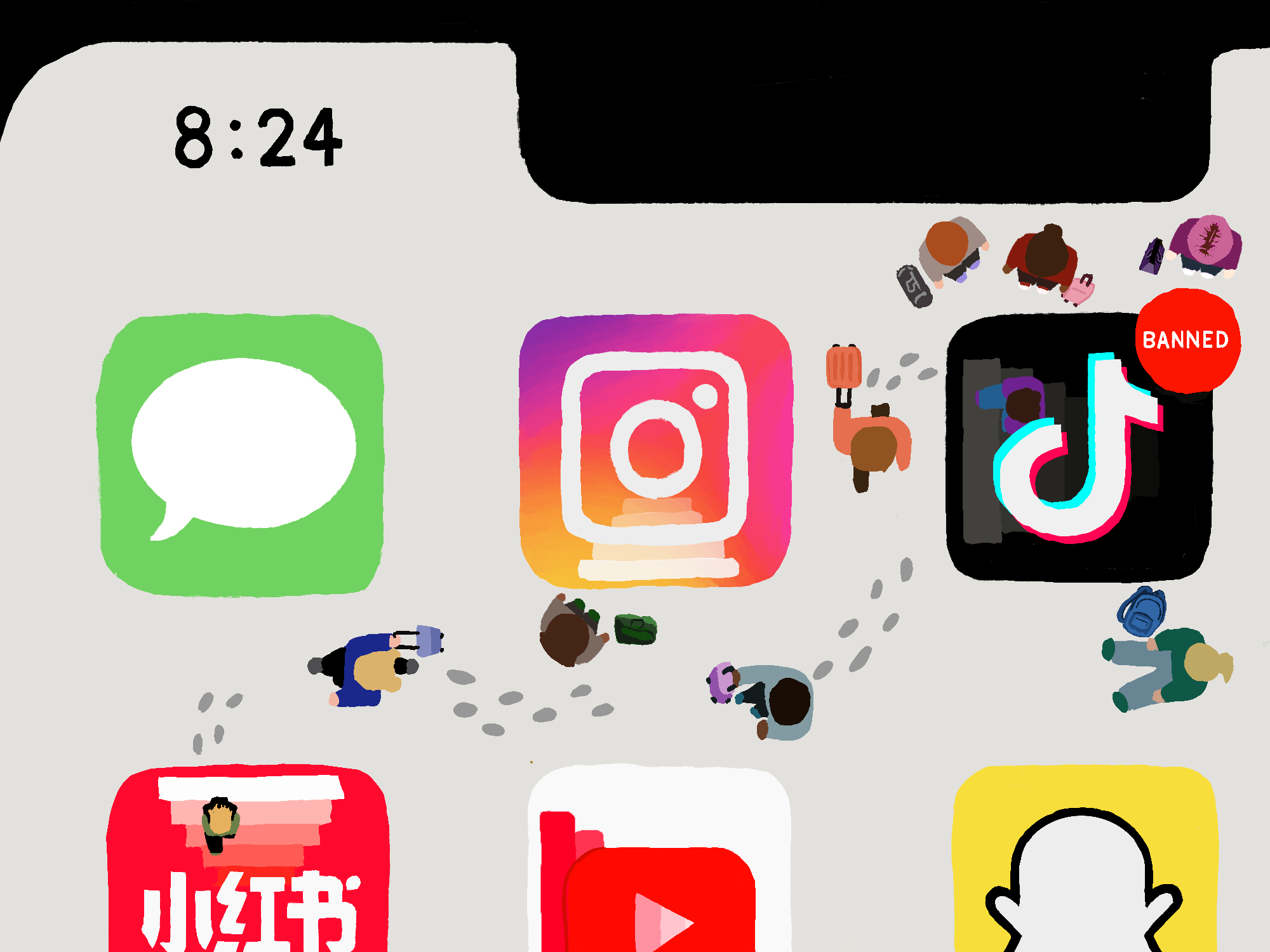
Shortly after, TikTok returned online, sending users a message thanking President Trump for his efforts to reinstate the app.
Last March, a federal law passed by Congress ordered the banning of TikTok, which is owned by ByteDance, a Chinese company, unless the app is purchased by a different company. The law was then upheld by the Supreme Court on Jan. 17.
And while the ban was temporarily lifted, TikTok — along with all other apps owned by ByteDance — is still missing from Apple and Google’s app stores.
Although the initial ban lasted less than a day, from Jan. 18 – 19, it has been a major talking point for almost a year. Millions of American content creators — both big and small — have feared the loss of their income sources, while users have mourned the loss of community and sense of belonging.
In preparation for the ban, thousands of TikTok users flocked to other similar social media platforms, including Chinese-owned RedNote. Influencers posted tearful goodbyes and thank yous to their followers. For some, it felt like the end of the world — and in a way, it was.
According to Congress and the Biden administration, the purpose of the ban is to strengthen national security and prevent interference from the Chinese government, which could collect data on Americans through the app. TikTok’s lawyers claim the law is an act of censorship and an unjust attack on free speech.
The impacts of the ban are wide-reaching, as the app has more than 170 million users in the United States.
Since its spike in popularity in 2020, TikTok has acted as a hub for a unique form of grassroots political organization, especially among members of Gen Z.
In June 2020, TikTok users organized an elaborate prank in an attempt to humiliate then-presidential candidate Trump. K-Pop fans on the app encouraged their followers to register for tickets for a Trump rally in Tulsa, Oklahoma and not show up — leaving the arena’s seats untouched during the rally. It appeared to have worked, as much of the arena remained empty.
Nonetheless, this political activism extends far past petty pranks. Accounts like Gen Z For Change, which currently has more than 1.7 million TikTok followers, use the platform to engage young people to take action on progressive policy topics such as climate change.
Other forms of niche communities, centered around a variety of interests, also thrived on the app.
On the literary side of TikTok, BookTok developed into its own subcommunity, with #BookTok amassing billions of views. It’s also been linked to increased book sales, notably in the young adult, fantasy and romance genres. In recognition of the growing trend, Barnes & Noble created displays featuring popular books by TikTok-viral authors, such as Colleen Hoover and Sarah J. Maas.
Exposure to literature — especially in the digital age — is more important than ever. Though it may seem counterintuitive, it appears TikTok has been successful at encouraging reading among members of Gen Z.
Many small businesses have also used TikTok to grow their audience and increase sales as well. According to CBS News, seven million small businesses in the United States are active on TikTok. A complete ban on the app would leave millions of business owners scrambling to rebuild an online community and strong customer base that may have taken years to grow.
Small businesses are an essential asset to the economy, providing job opportunities and stimulating growth. Plus, young audiences interacting with small businesses may encourage them to move away from overconsumption of corporate, mass-produced products, which can lead to pollution, resource depletion and other harmful environmental impacts.
Of course, TikTok is far from perfect.
In October, more than a dozen U.S. States filed lawsuits against TikTok, arguing its algorithm was causing major harm to youth mental health, with its addictive nature being linked to body dysmorphia, anxiety and depression. The lawsuits also cited the app permitting children to be exposed to inappropriate and exploitative content.
However, these valid harms are not being used as justifications for the app being banned, as lawmakers continue to invoke the boogeyman of Chinese interference.
While the future of the app remains uncertain, it’s clear a complete ban on TikTok would represent a major loss — financially and otherwise — to its millions of American users.
This Editorial was written by Opinion Co-Editor Ruby Voge.

